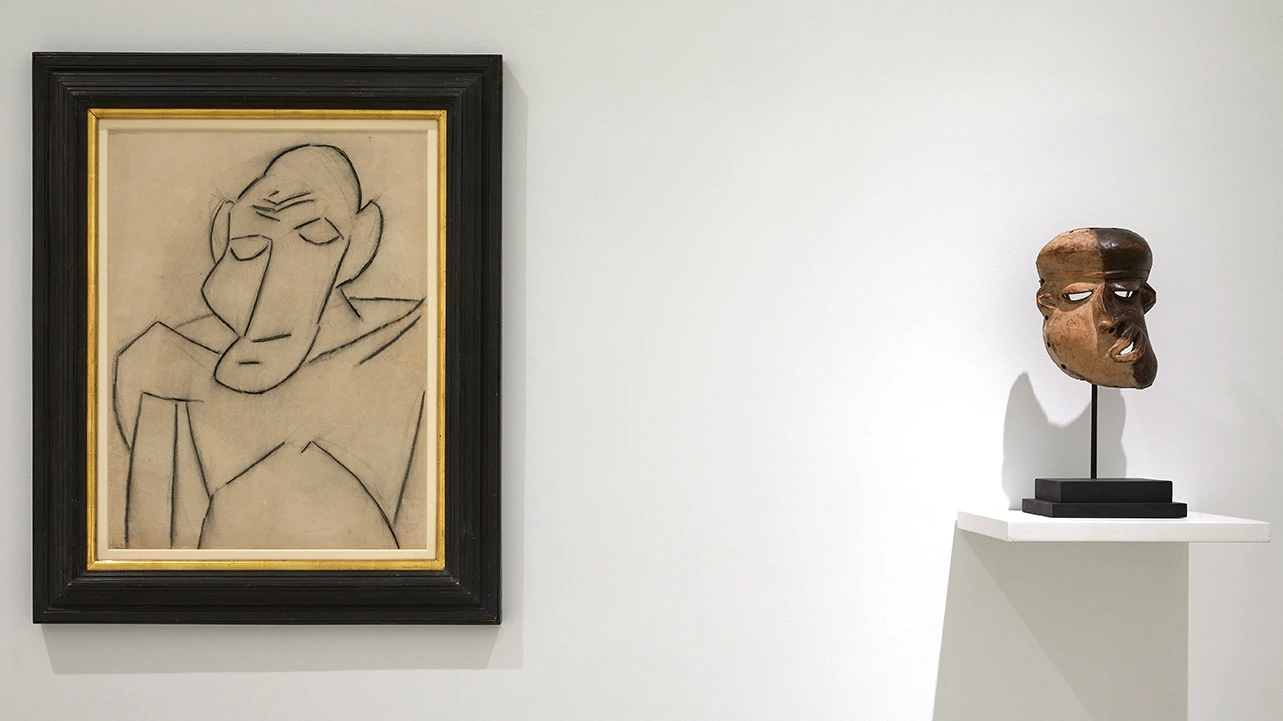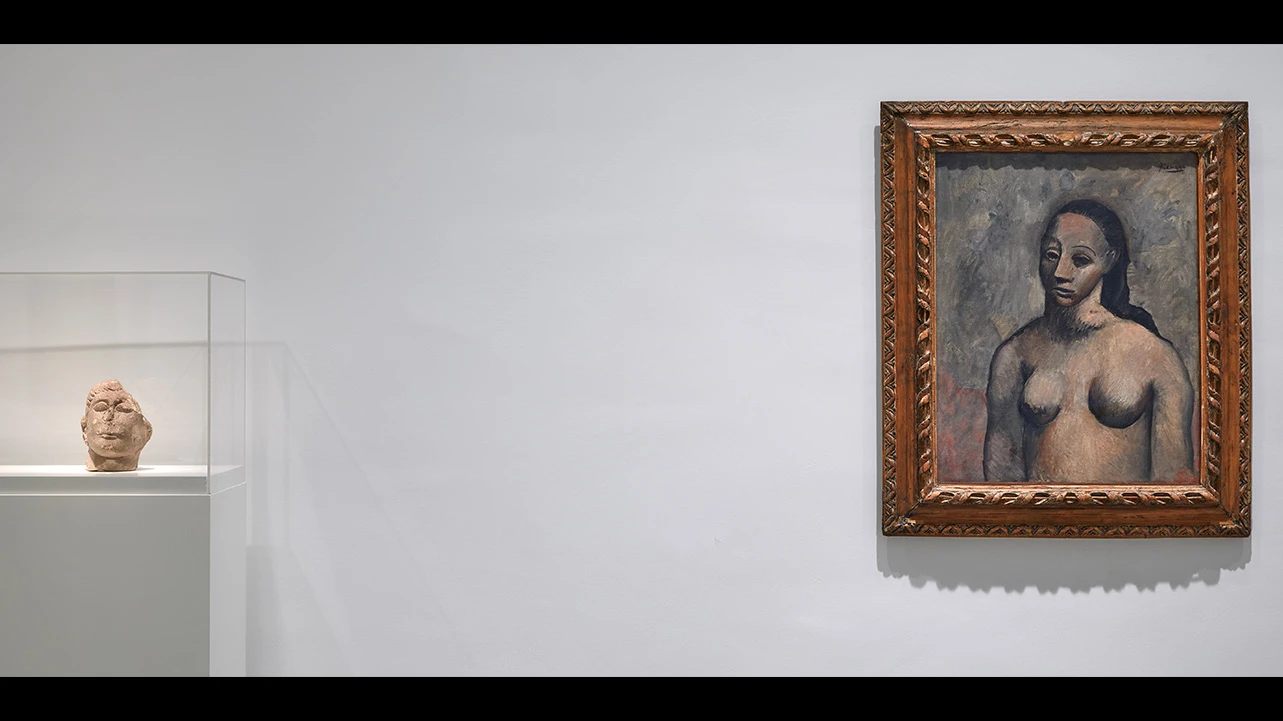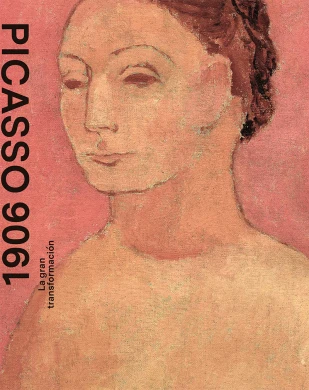Picasso 1906
The Turning Point
The exhibition Picasso 1906. The Turning Point looks to survey, from a contemporary aesthetic awareness, the artist’s first contribution to the definition of “modern art”.
Picasso’s output in 1906 has hitherto been understood as an epilogue of the Rose Period or as a prologue to Les Demoiselles d'Avignon. But through today’s lens we can see 1906 was verifiably a “period” in its own right within Picasso’s creative evolution.
Picasso, only 25, was still a young artist in 1906, but one with maturity in his aesthetic approaches. Leaving behind bohemia and pessimism, his work was full of life and expansive, even sensual. He would advance towards libertarian considerations and yearned for the re-founding of artistic experience. With the support of dealers and collectors, and connected to a formidable group of contemporary creators, he focused on the “procedural” sense of his work, searching for “the primordial” and developing his practice in three registers: the body, the form and interculturality. Picasso approached the representation of Arcadian adolescence as the symbol of a new beginning. The painted body takes on its own emancipation. The artist directly explored the power of the scopic drive and the relationship it bears to sleepless female intimacy.
The vernacular is set forth as the mythology of origin, while the figurative trace of Fernande Olivier, his partner at the time, was used as a support for experimentation with plastic languages. Picasso was able to generate generic appearances, guiding them towards the quality of a synthetic ideogram. At the same time, he would redefine the framework of figure and ground, putting forward a new sense of mimesis and developing materic and tactile concepts in the sculptural form. The fast-paced rhythm of his transformations culminated in the early months of 1907 and, across his sprawling work, his dialogue with Gertrude Stein was pivotal.
In his search for the primordial, the artist sought full synergy with art made in cultures considered “primitive” at the time. This phenomena, converted into a poetic, came about in 1906 — not in 1907, as previously thought — and did not represent a fixation with a set model, but rather an attempt to hybridise and situate something that was equivalent to a “common language” of the primeval. Picasso’s cultural reference points, as well as Iberian art and so-called art nègre, came via the Catalan Romanesque, protohistoric Mediterranean art and ancient Egypt, among others. References Picasso embraced, as he himself explained, not as mere formal details but as acting and non-alienated cultural components, framed in collective rituals and endowed with a powerful capacity to relate to the transcendental. And there is a need to understand this art-making well, for sometimes it was actually the artist’s work itself that led him to encounter the “primitive”; and it was sometimes “the primitive” that inspired it. It was about a dialectic relationship.
Picassian interculturality can also be understood from other parameters. The artist’s biography incorporated powerful experiential displacements. Picasso was aware of the “otherness” of gender and idiosyncratically engaged with homoerotic and “ethnographic” photography, putting forward new anthropometric patterns. He also used the press and popular illustrated books. In his way of understanding visual memory, he attacked the idea of anachronism and kept an underlay of inherited Art History, using the quote and appropriation almost in a contemporary sense.
And it was this complex relationship between cultures, primordial language and museum memory which made 1906 Picasso unique and encapsulated his first decisive encounter with modern art.
Artists
Organised by
Museo Reina Sofía
Organised by
With the support of
With the exceptional support of

With the collaboration of
Inside the framework of
Partner company in Spain
Additional material
Image gallery
![Pablo Picasso, Nude with Joined Hands [Desnudo con manos juntas], 1906. The Museum of Modern Art, New York. The William S. Paley Collection, 1990 © Sucesión Pablo Picasso, VEGAP, Madrid, 2023 © 2023, The Museum of Modern Art/Scala, Florence](https://recursos.museoreinasofia.es/styles/large_landscape/public/Exposiciones/picasso_1906_nude.jpg.webp)








